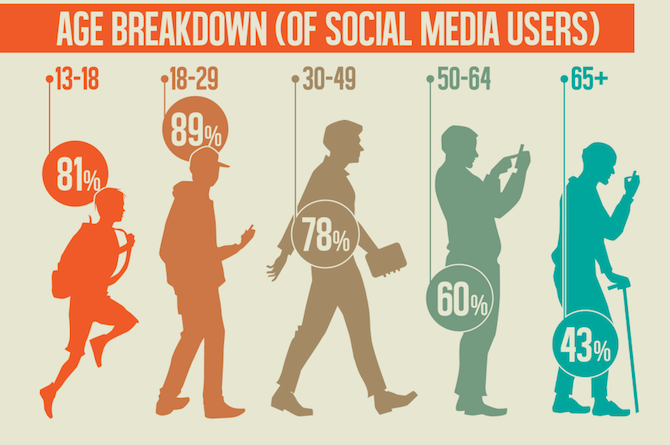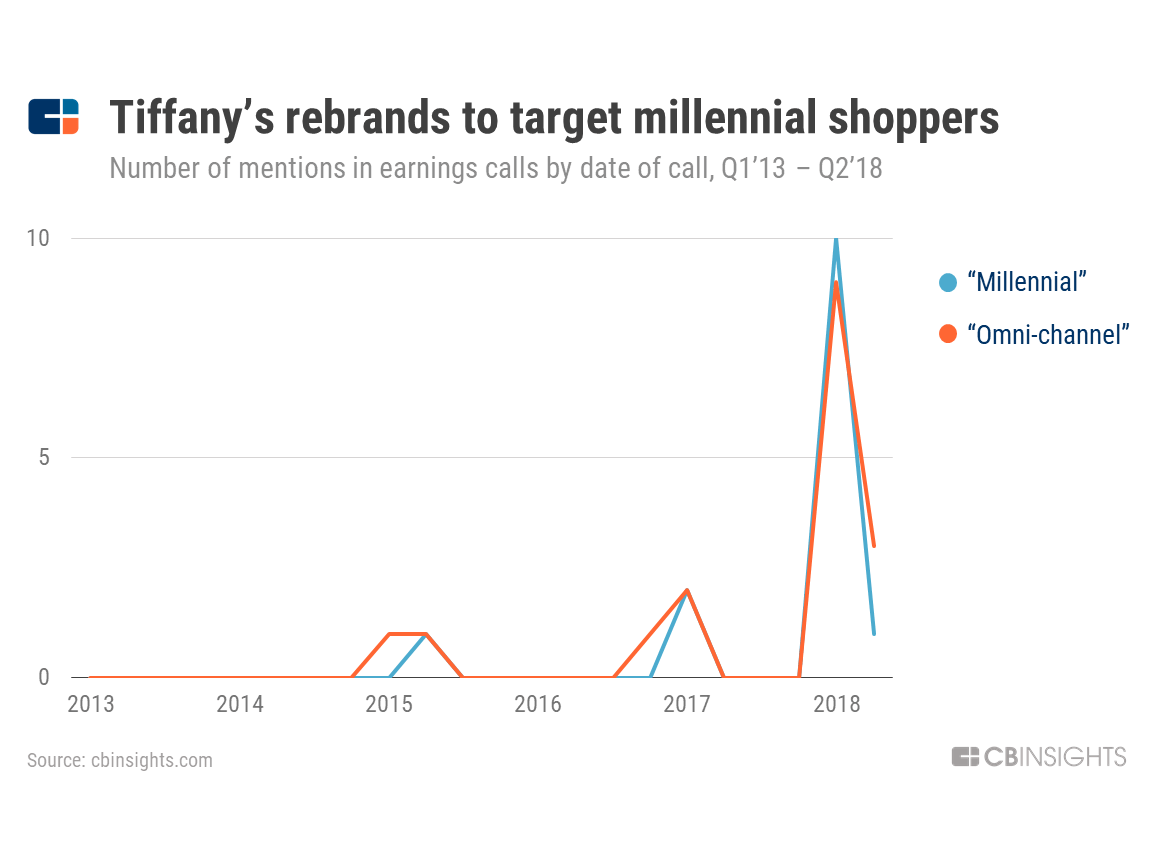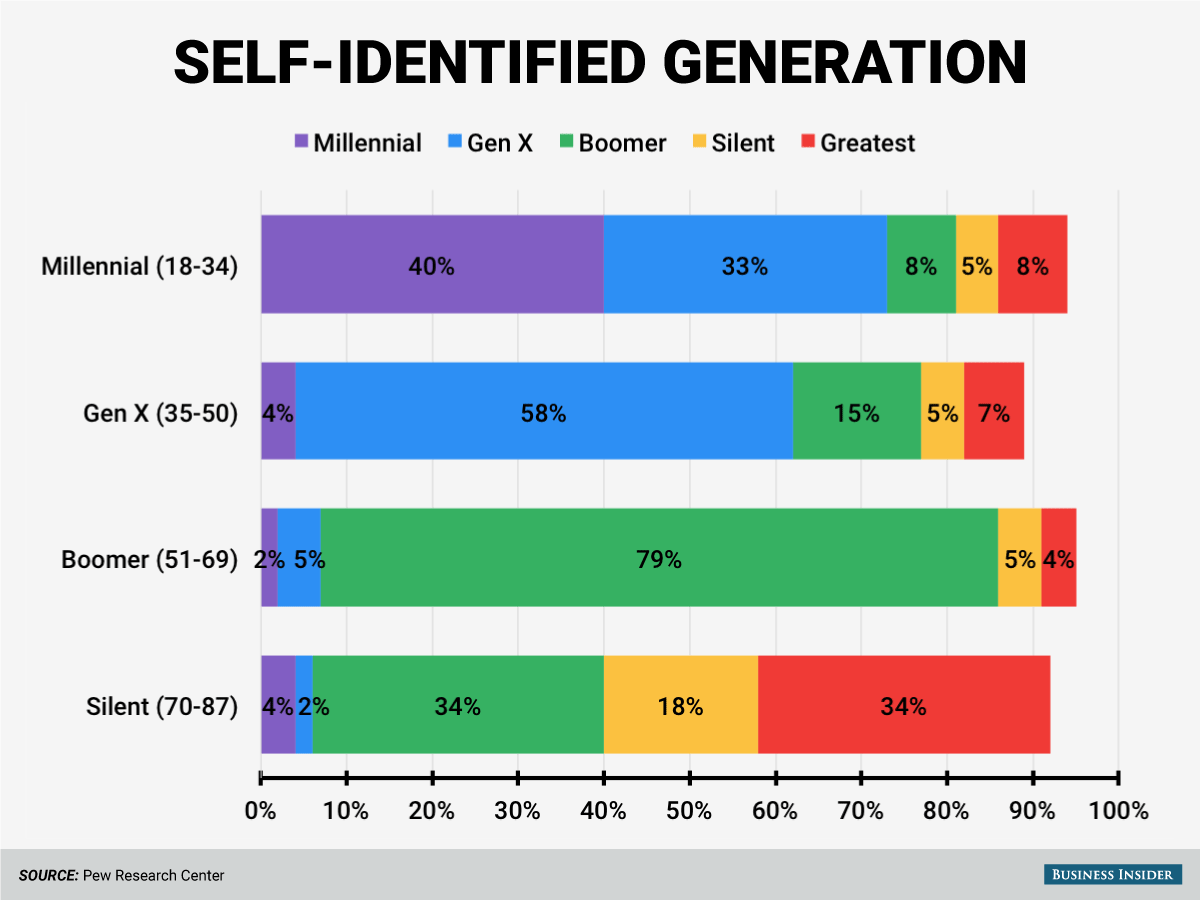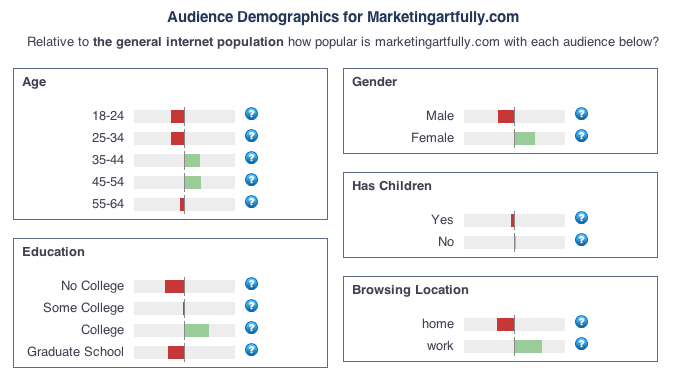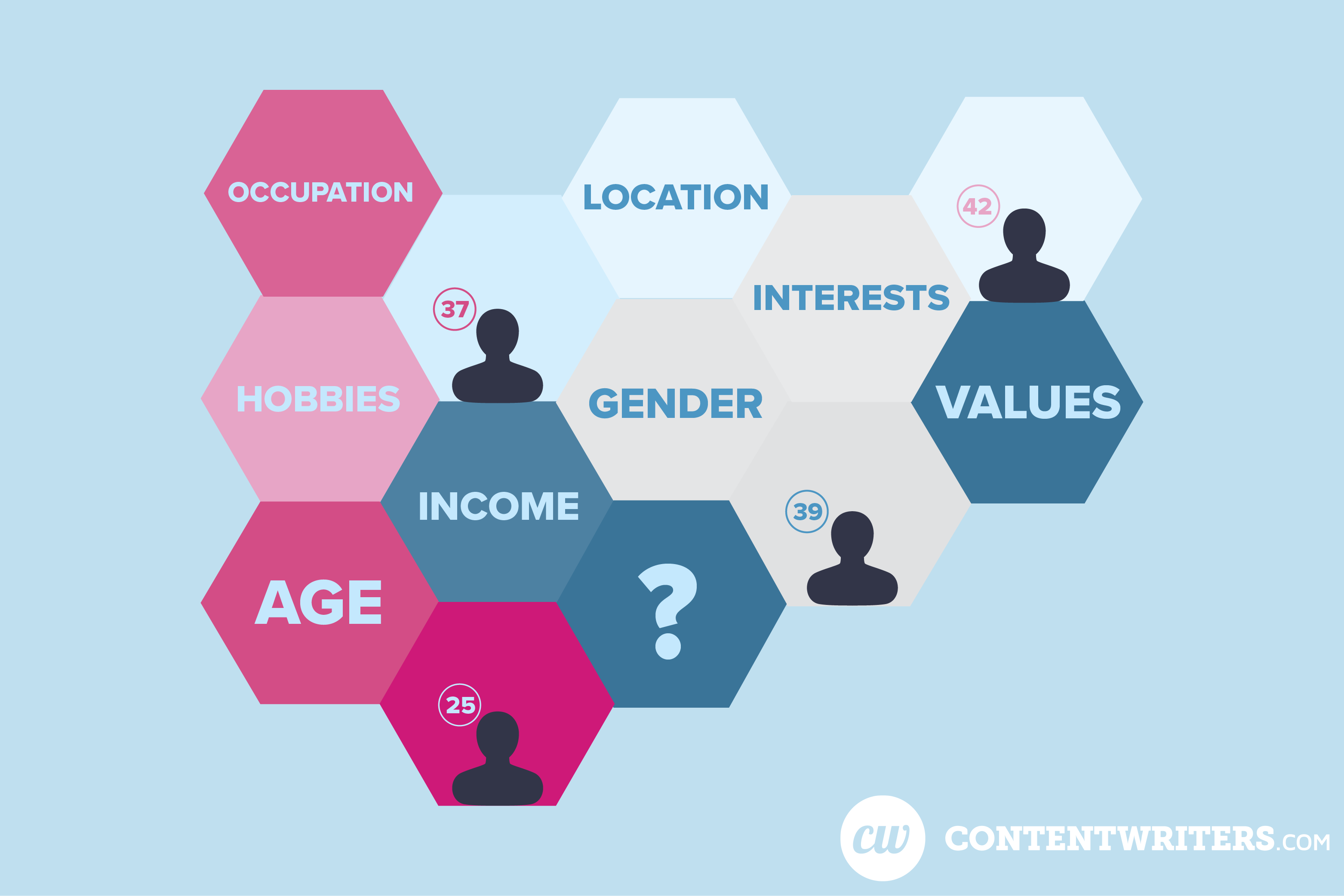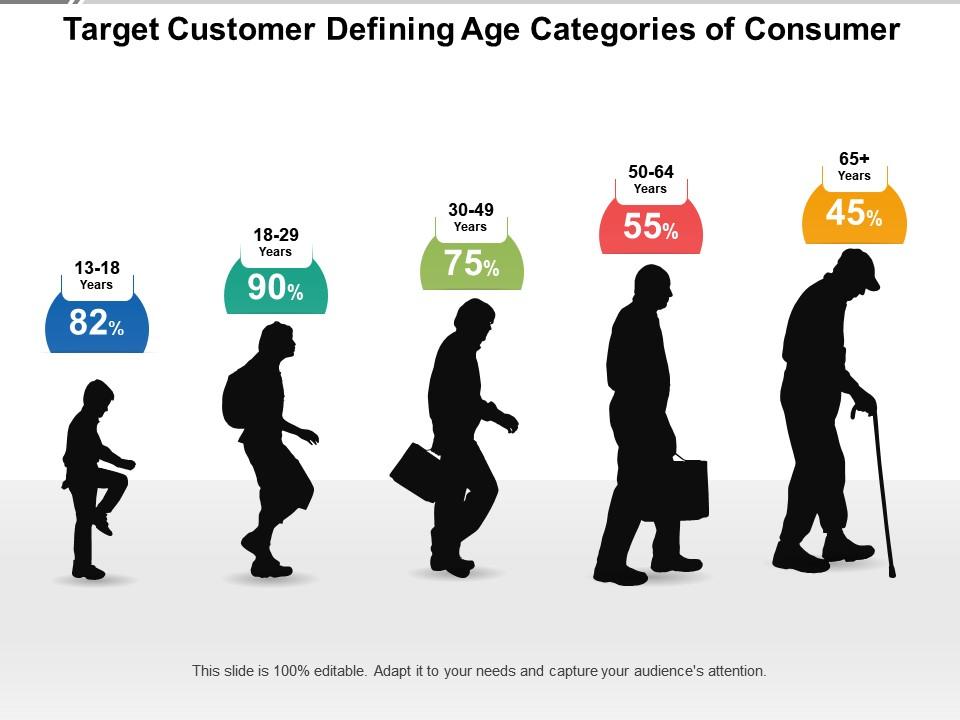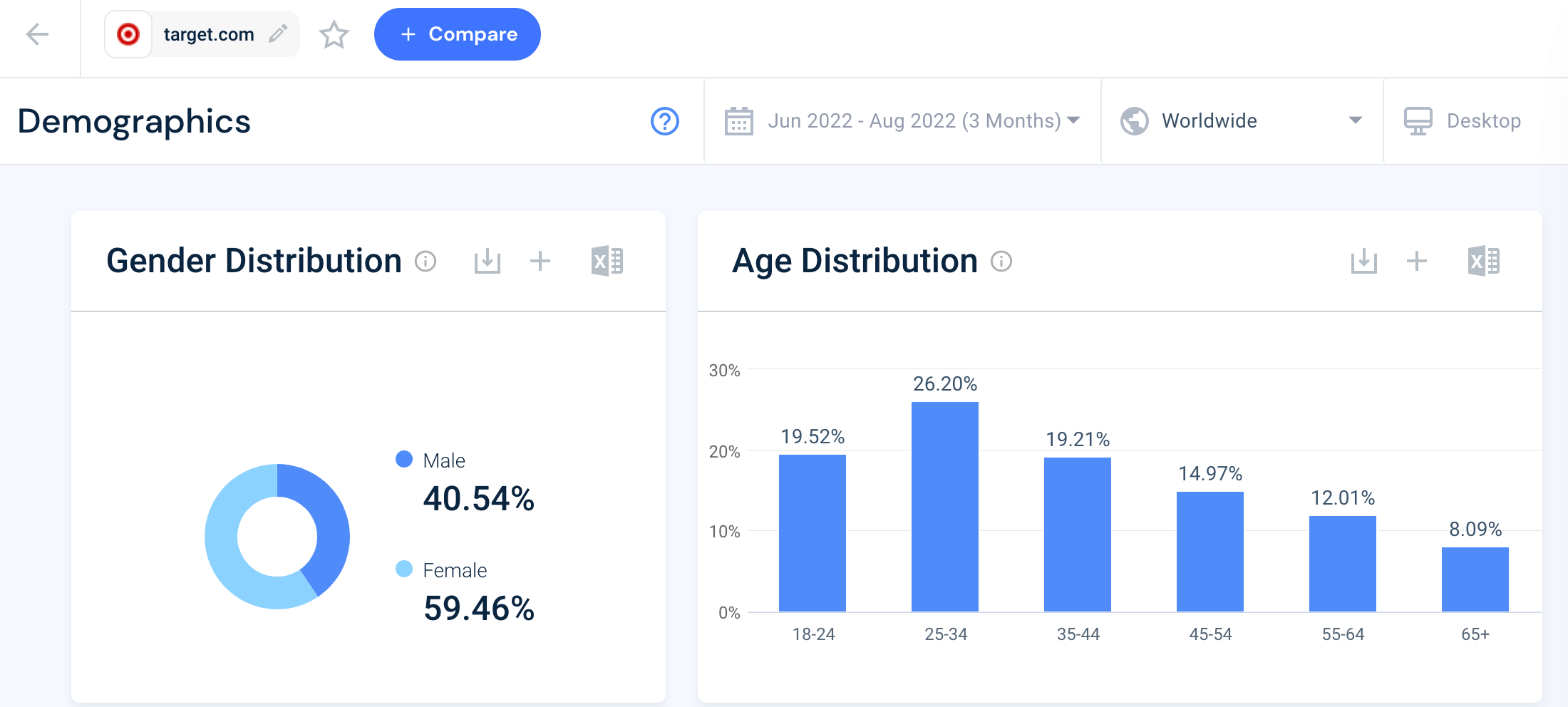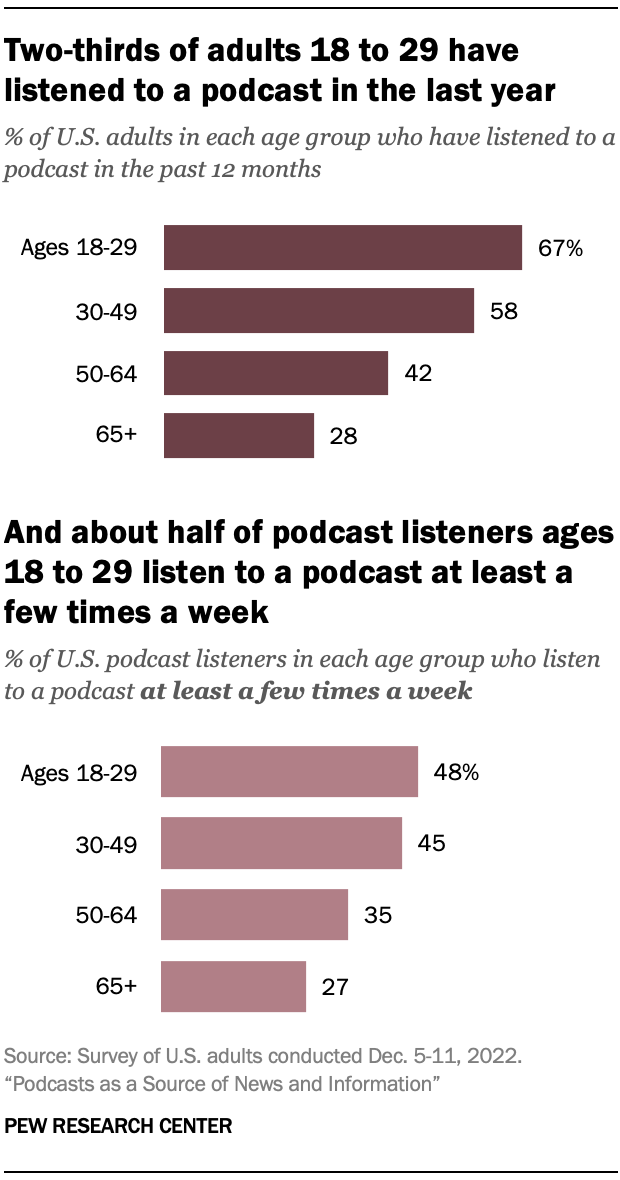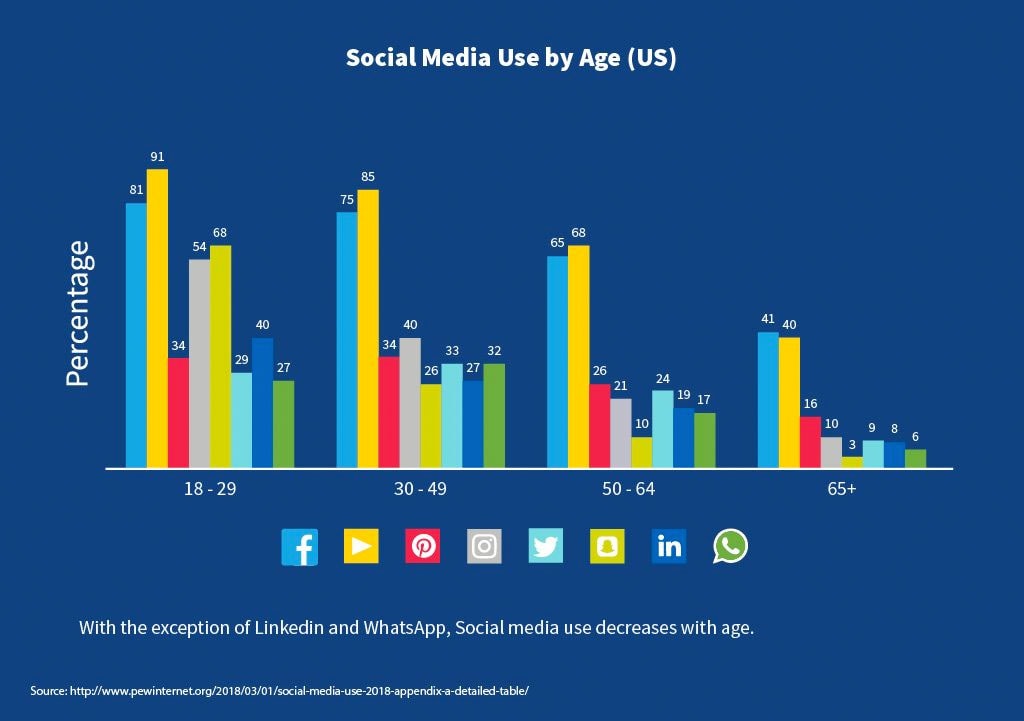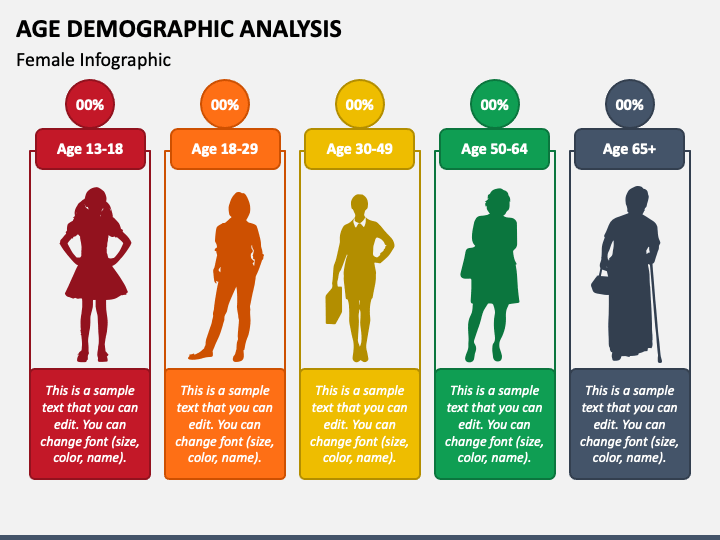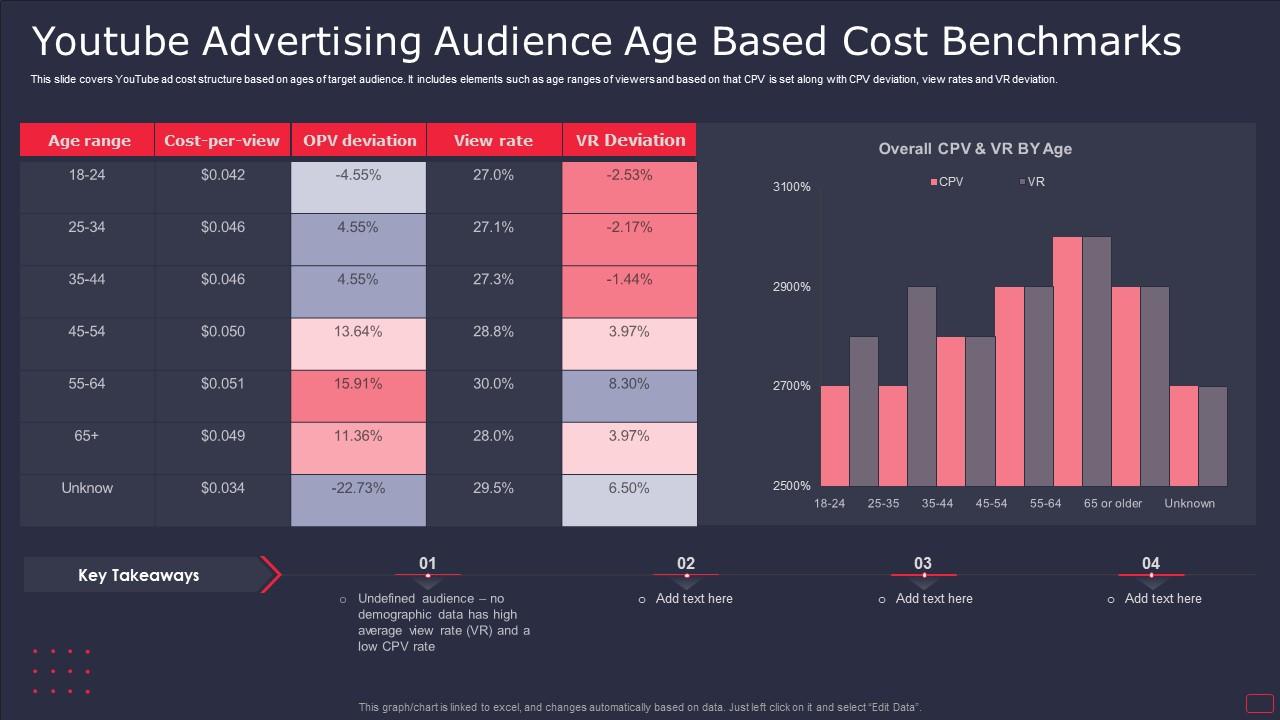Asia Target Audience Of Tiffany Age Range

Tiffany & Co., the iconic American jeweler, is intensifying its focus on the Asian market, particularly targeting a younger demographic. This strategic shift reflects the growing economic power and evolving consumer preferences across the region.
This article examines Tiffany's evolving strategy in Asia, focusing on its target audience age range and the potential impact on the luxury market landscape. It will explore the key initiatives and challenges associated with engaging a younger, digitally-savvy consumer base in a diverse cultural context.
The Asian Market: A Lucrative Opportunity
Asia represents a significant growth engine for the luxury goods industry. Economic expansion and increasing disposable income have fueled a surge in demand for premium products, including jewelry.
China, in particular, is a major market. According to a recent report by Bain & Company, China's share of the global luxury market is expected to continue its upward trajectory.
Targeting a Younger Demographic
Traditionally, Tiffany's clientele consisted primarily of affluent, older consumers. However, the company recognizes the need to adapt to changing demographics.
Tiffany is actively targeting consumers in the 25-40 age range, often referred to as millennials and Gen Z. This group demonstrates different values and preferences compared to previous generations.
These younger consumers are digitally native and highly influenced by social media. They seek personalized experiences and value brands that align with their ethics and values.
Key Strategies and Initiatives
To attract younger Asian consumers, Tiffany is implementing a multi-faceted strategy. This includes collaborations with influential figures, digital marketing campaigns, and innovative product offerings.
Tiffany has partnered with several Asian celebrities and influencers to promote its brand. These collaborations aim to generate buzz and resonate with a younger audience.
The company is also investing heavily in its digital presence. This includes enhancing its e-commerce platform and engaging with consumers on social media platforms like WeChat and Instagram.
Tiffany is adapting its product lines to appeal to younger tastes. This includes offering more accessible price points and incorporating contemporary designs.
Challenges and Considerations
Despite the significant opportunities, Tiffany faces several challenges in the Asian market. These include navigating cultural nuances, managing counterfeiting, and adapting to evolving consumer trends.
Cultural sensitivity is paramount in Asia. Tiffany must tailor its marketing messages and product offerings to resonate with local customs and traditions.
The prevalence of counterfeit goods poses a significant threat to Tiffany's brand reputation. The company must actively combat counterfeiting to protect its intellectual property and maintain consumer trust.
The luxury market is constantly evolving, and Tiffany must remain agile and adapt to changing consumer preferences. This requires continuous innovation and a willingness to experiment with new approaches.
Impact on the Luxury Market
Tiffany's focus on younger Asian consumers is likely to have a ripple effect on the broader luxury market. Other brands are also recognizing the importance of this demographic and adapting their strategies accordingly.
The shift towards digital marketing and personalized experiences is becoming increasingly prevalent. Luxury brands are investing in online channels and offering customized services to meet the needs of younger consumers.
This trend could lead to a more inclusive and accessible luxury market. As brands cater to a wider range of consumers, the perception of luxury may evolve to emphasize value, authenticity, and personal expression.
One example of this approach can be seen in Tiffany's recent campaign in China, featuring local personalities and highlighting themes of individuality and self-expression, rather than solely focusing on status or wealth. This campaign resonated well with younger audiences who value authenticity and social responsibility.
According to a recent interview with a Tiffany & Co. executive, "We are committed to understanding and serving the unique needs of our Asian customers. Our goal is to create meaningful connections with them and offer products that reflect their aspirations and values."
"This is a critical moment for luxury brands to connect with the next generation of consumers in Asia." – Euromonitor International Analyst
The Future of Tiffany in Asia
Tiffany's success in Asia will depend on its ability to balance tradition with innovation. The company must maintain its brand heritage while adapting to the evolving needs of younger consumers.
A continued focus on digital engagement, personalized experiences, and culturally relevant marketing will be crucial. Building strong relationships with local partners and influencers will also be essential.
By embracing these strategies, Tiffany can solidify its position as a leading luxury brand in Asia and capture a significant share of the growing market for fine jewelry.
